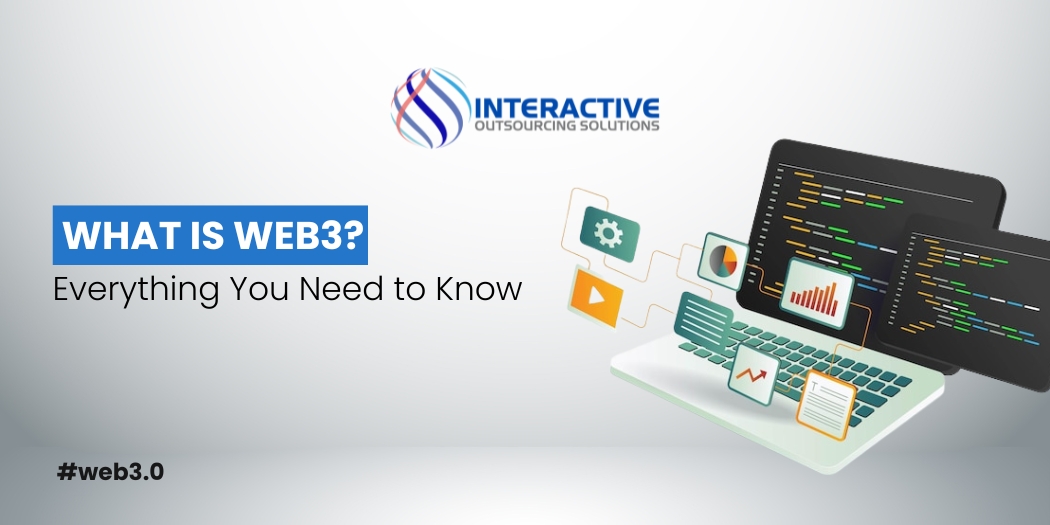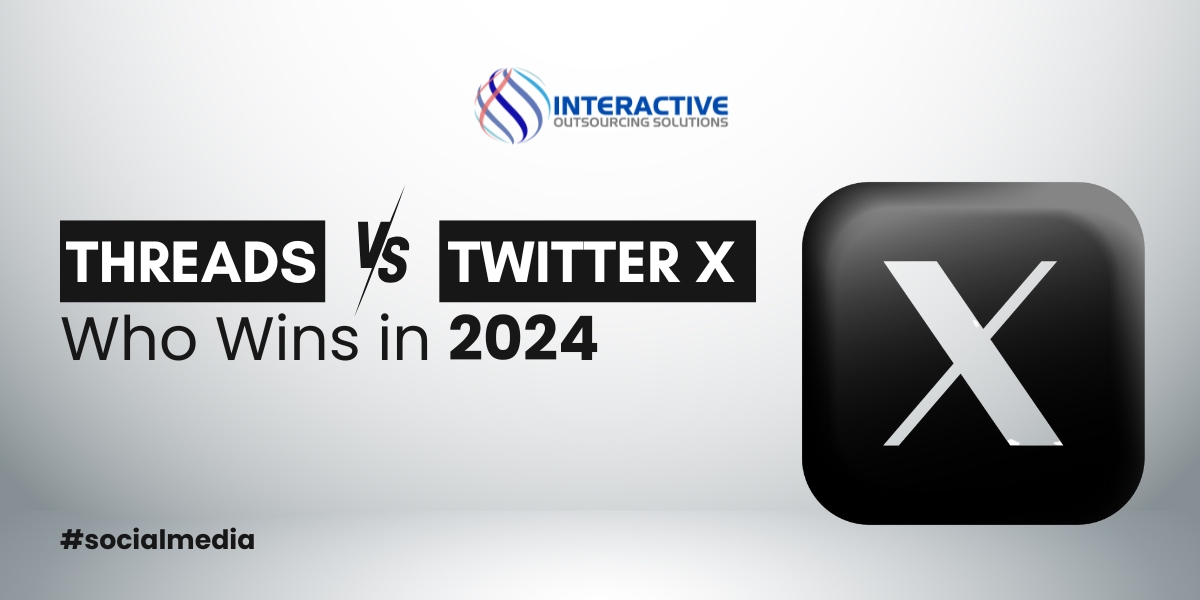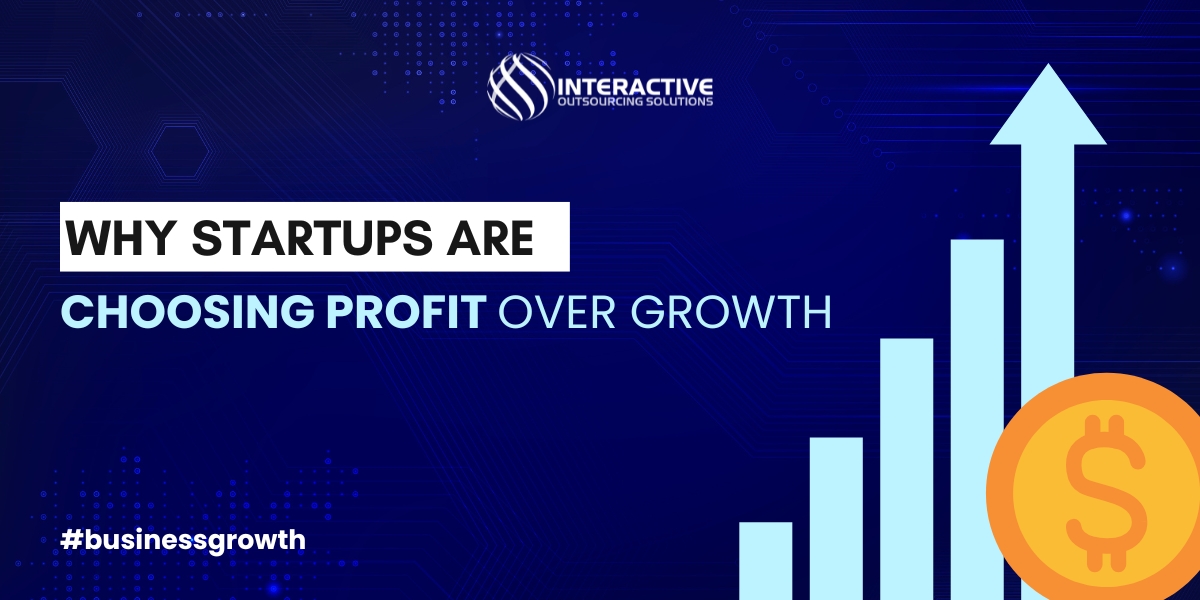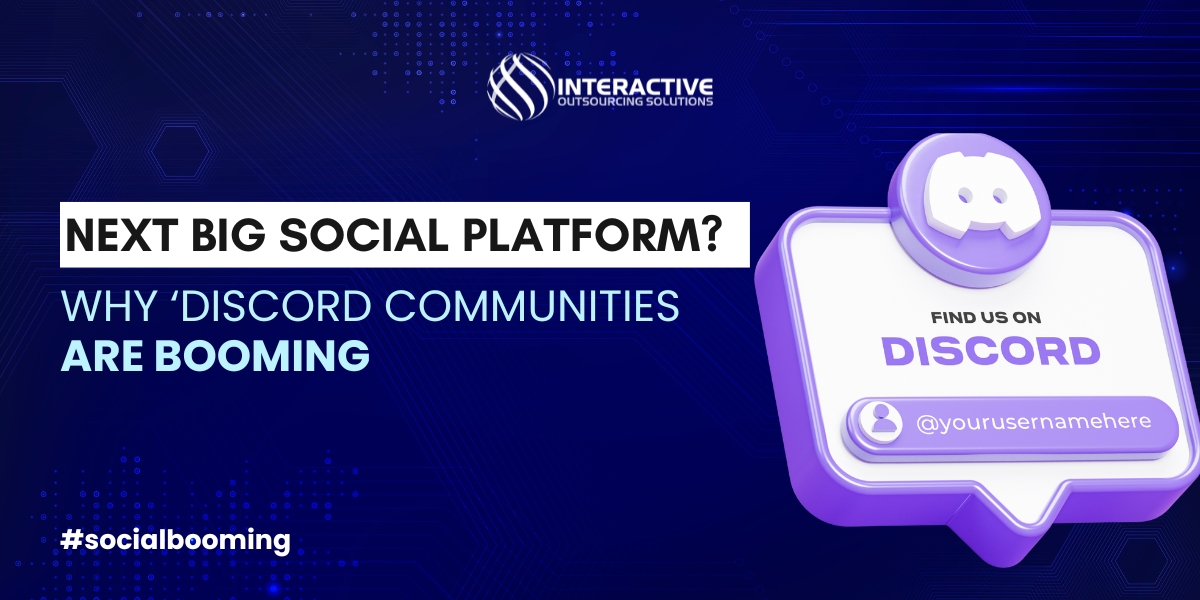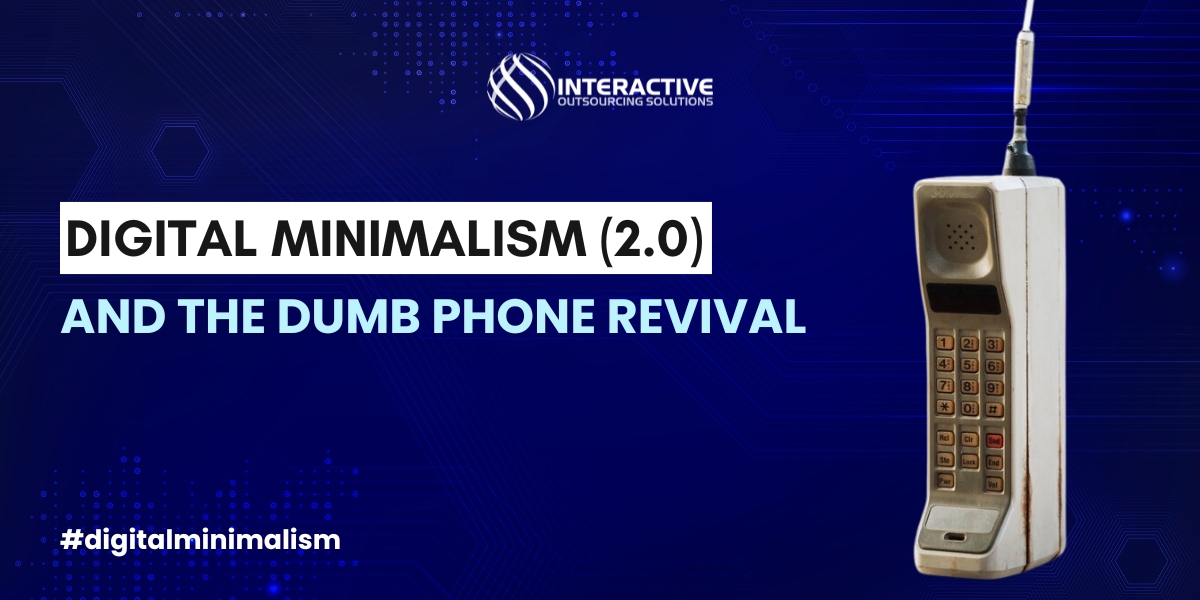Share
Web 3.0 represents a groundbreaking shift in technology, combining AI, machine learning, cognitive computing, and blockchain to foster real-world human connections. Rather than relying on centralized entities like Google or Apple for web access, the Web 3.0 framework empowers users to manage and control web components independently.
A notable trend within Web 3.0 is the growth of Decentralized Finance (DeFi), allowing for real-world economic transactions to take place on the blockchain without needing banks or government involvement. This blog post will delve into what Web 3.0 is, why it has become a hot topic, and the direction it is headed in the future.
How is Web 3.0 different from Web 2.0?
Many individuals are primarily acquainted with Web 2.0, commonly referred to as the interactive and social web. In this era, coding expertise is no longer a prerequisite for contributing to the development of mobile applications; a variety of applications can be created by anyone.
Web 3.0, often termed the Semantic Web, represents the anticipated future of the internet and its evolution. The advancements in artificial intelligence and machine learning empower computers to analyze data similarly to human cognition, thereby facilitating the intelligent generation and distribution of relevant content tailored to the specific requirements of users.
Both Web 2.0 and Web 3.0 underscore the principle of decentralization, despite some fundamental differences. In the creation of Web 3.0 applications, developers do not design or implement programs that rely on a central server or database for execution or data storage.
Benefits of Web 3.0
The protection and confidentiality of data within the framework of Web 3.0.
From the perspective of end-users, the primary benefit of data encryption is its robustness. Under any circumstances, the data remains indecipherable.
Consequently, companies like Google and Apple lose the ability to manipulate or take advantage of individuals’ personal information for their benefit. As a result, consumers will enjoy full control and privacy over their data.
Simplified access to your personal data
The decentralized structure of data storage guarantees that users retain continuous access to their information. Multiple backups are in place to ensure that, in the event of a server failure, users can still retrieve their data.
Furthermore, no governmental body or organization can impede the operation of services or websites. Consequently, instances of account suspensions and service denials are expected to decrease.
Data transparency
You have the ability to monitor your data and the underlying code of the platform, regardless of the blockchain option you choose. Open-source blockchain platforms developed by non-profit organizations facilitate the transparent and open planning and execution of blockchain initiatives. This approach empowers users to become independent of the platform’s creator.
Unrestricted data access
Data can be accessed from any location worldwide and on any device. The objective is to enhance global data collection and accessibility by enabling smartphones and other smart devices to retrieve data from a synchronized computer. Web 3.0 will facilitate a diverse array of interactions, ranging from basic transactions to secure data transfers. This advancement will enable direct interaction with any computer, eliminating the need to pay a third party for their services.
Handling of More Intricate Data
Web 3.0 has the potential to enhance problem-solving and facilitate knowledge generation. Artificial intelligence (AI) plays a crucial role in analyzing vast amounts of data to identify and extract the most pertinent information.
Additionally, the capability to predict customer requirements and provide tailored services, which are essential for business success, would also benefit consumers.
Web 3.0 is extensively used in the following technologies
Siri
Siri exemplifies the potential of Web 3.0 to simplify daily tasks and enhance human connectivity with just a single touch. It enables machines to interact seamlessly, delivering the most pertinent information to users. Additionally, developers can integrate various technologies, such as text-to-speech. For instance, if you inquire about fixing a pipe, Siri will provide a detailed, step-by-step guide without requiring you to navigate through an article. The possibilities are limitless, including more precise navigation, targeted search outcomes, and tailored advertisements.
Facebook (Meta)
The Metaverse, although not an independent Web 3.0 application, enhances the decentralized characteristics of Web 3.0 by allowing users to engage, trade, and socialize freely. By connecting physical and digital experiences, it amplifies the capabilities of decentralized platforms.
Some other applications that have adopted Web3.0 are
- Wolfram Alpha
- Storj
- Brave Browser
- OpenSea
- Axie Infinity
- Secretum
- Spheron Network
Conclusion
We are moving towards a web environment where users have complete authority over their data and privacy, while still permitting corporations to utilize it. This transformation will be facilitated by blockchain technology. Web 3.0 will enhance the authentic application of user data, enabling personalized search results, cross-platform development tools, and 3D visualizations.

